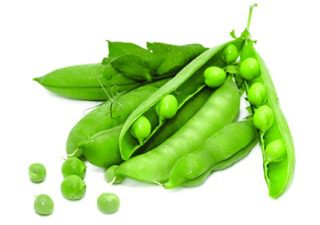

Peas can be a healthy addition to a dog’s diet, offering numerous benefits such as improved eye and heart health. However, dogs with kidney problems should avoid peas as they may worsen their condition.
Peas are a great source of essential vitamins and minerals, including vitamins A, K, and B, potassium, iron, zinc, and magnesium. They also contain high levels of fiber and protein, which aid in digestion and muscle strength. Additionally, peas can improve a dog’s eye health, skin, heart, and nerves.
Dogs with kidney problems should avoid peas due to their purine content, which can increase uric acid levels and lead to kidney stones. Peas may also contribute to non-genetic DCM in dogs, according to ongoing studies. Canned peas should be avoided due to their high sodium content, and peapods can be a choking hazard.
While the link between peas and canine DCM is not yet confirmed, it’s best to feed peas to dogs in moderation. Fresh, frozen, or thawed peas are all acceptable options, but peapods should be removed to prevent choking. Canned peas should also be avoided due to their high sodium content and potential harmful ingredients.
Peas, also known as garden peas, are a nutritious vegetable that can be a healthy addition to your furry friend's diet. They are believed to originate from central Asia and the Mediterranean and are widely used in both human and animal diets. Peas are an excellent source of fiber, protein, vitamins, and minerals that offer several benefits, including improved eye and heart health, digestion, and muscle strength. However, dogs with kidney problems should avoid peas as they may worsen their condition and contribute to the formation of kidney stones.
While feeding your canine friend fresh, frozen, or thawed peas is generally safe, canned peas should be avoided due to their high sodium content and potential harmful ingredients. Peapods should also be removed to prevent choking hazards. A few peas can be added to your dog's meal as a healthy topping or treat.
In case your dog cannot consume peas, you can consider including other veggies or fruits that are safe for them, such as green beans or sliced apples. Is your dog a fan of peas, or have you noticed any effect after adding them to their diet? Share your experience in the comments below.
Remember, be mindful of your dog's dietary needs and always consult your vet before making significant changes to their diet. A healthy diet is a key factor in your dog's overall well-being, so make sure to choose nutritious food options for your furry friend.